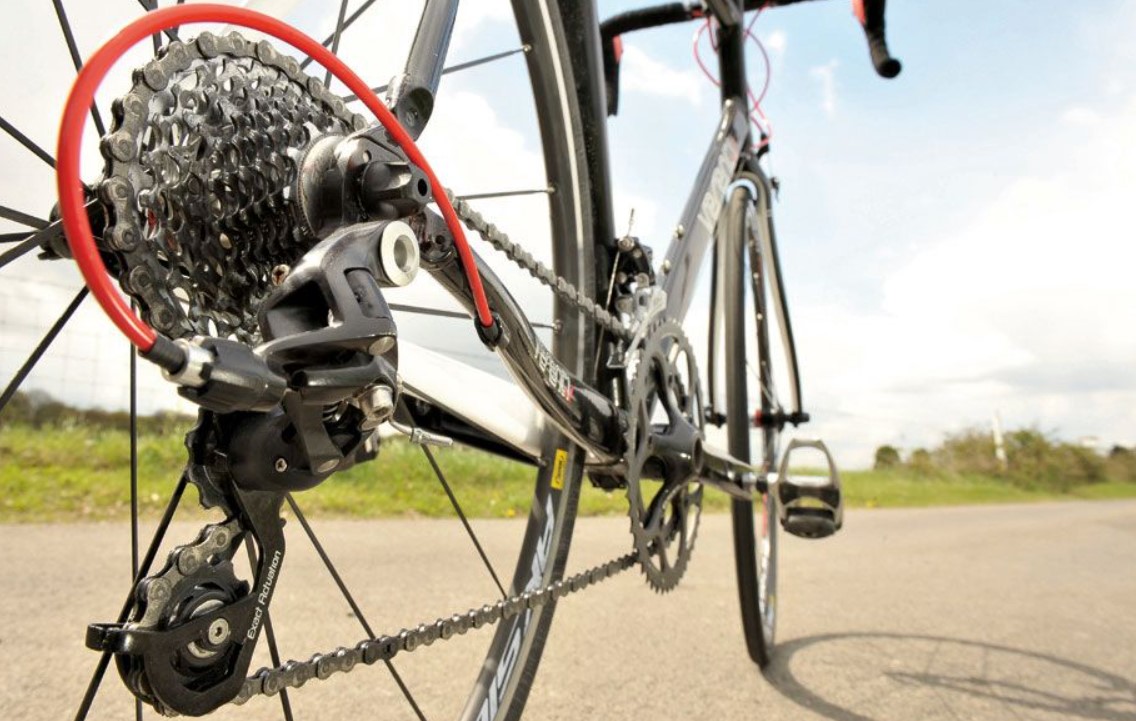Changing gears on a bike is essential to navigate various terrains and maintain an efficient pedaling cadence. For beginners, it’s crucial to understand when and how to shift gears to ensure a smooth and enjoyable ride.

Beginner’s Guide to Changing Gears
1. Understand the Gear System: Most bikes have a front and rear gear system. The front gears (chainrings) control the larger gear changes, while the rear gears (cogs) fine-tune your pedaling effort.
2. Choose the Right Gear Before You Start: Before you begin riding, choose a gear that’s suitable for the terrain. On flat ground or when starting, opt for a middle chainring and a mid-range rear cog.
3. Anticipate Terrain Changes: As you approach a hill or a change in terrain, anticipate the need to shift gears. Shifting gears before you encounter the change will make the transition smoother.
4. Lighten Pressure on the Pedals: When shifting, ease up on the pedal pressure for a moment. This reduces the tension on the chain and allows for smoother gear changes.
5. Use the Right Shifter: The left shifter controls the front derailleur, while the right shifter controls the rear derailleur. Pushing the shifter in one direction shifts to a larger gear, while pulling it shifts to a smaller gear.
6. Shift One Gear at a Time: Shift one gear at a time to avoid stressing the chain or gears. Shift too many gears at once can cause the chain to drop or the drivetrain to jam.
7. Match Cadence and Terrain: When shifting, aim to maintain a consistent pedaling cadence. On uphill sections, shift to a lower gear to make pedaling easier. On downhill sections or flat terrain, shift to a higher gear for more efficiency.
8. Avoid Cross-Chaining: Cross-chaining occurs when the chain is on the largest front chainring and the largest rear cog, or the smallest front chainring and smallest rear cog. This can cause excessive wear on the chain and gears.
9. Listen to Your Bike: Listen to your bike while shifting. A clicking or grinding noise may indicate improper shifting or misalignment. If you hear unusual sounds, adjust your gears.
10. Practice and Experiment: Shifting gears effectively takes practice. Experiment with different gear combinations to find the right balance between effort and speed.
11. Be Patient: It’s normal for beginners to take time to master gear shifting. Don’t be discouraged by initial challenges; with practice, you’ll become more comfortable and confident.
Final Thoughts
Changing gears on a bike is a skill that enhances your cycling experience. Learning when and how to shift gears will help you maintain a comfortable pedaling cadence and adapt to different terrains.
With practice and patience, you’ll become a more skilled cyclist and enjoy smoother rides on various routes.